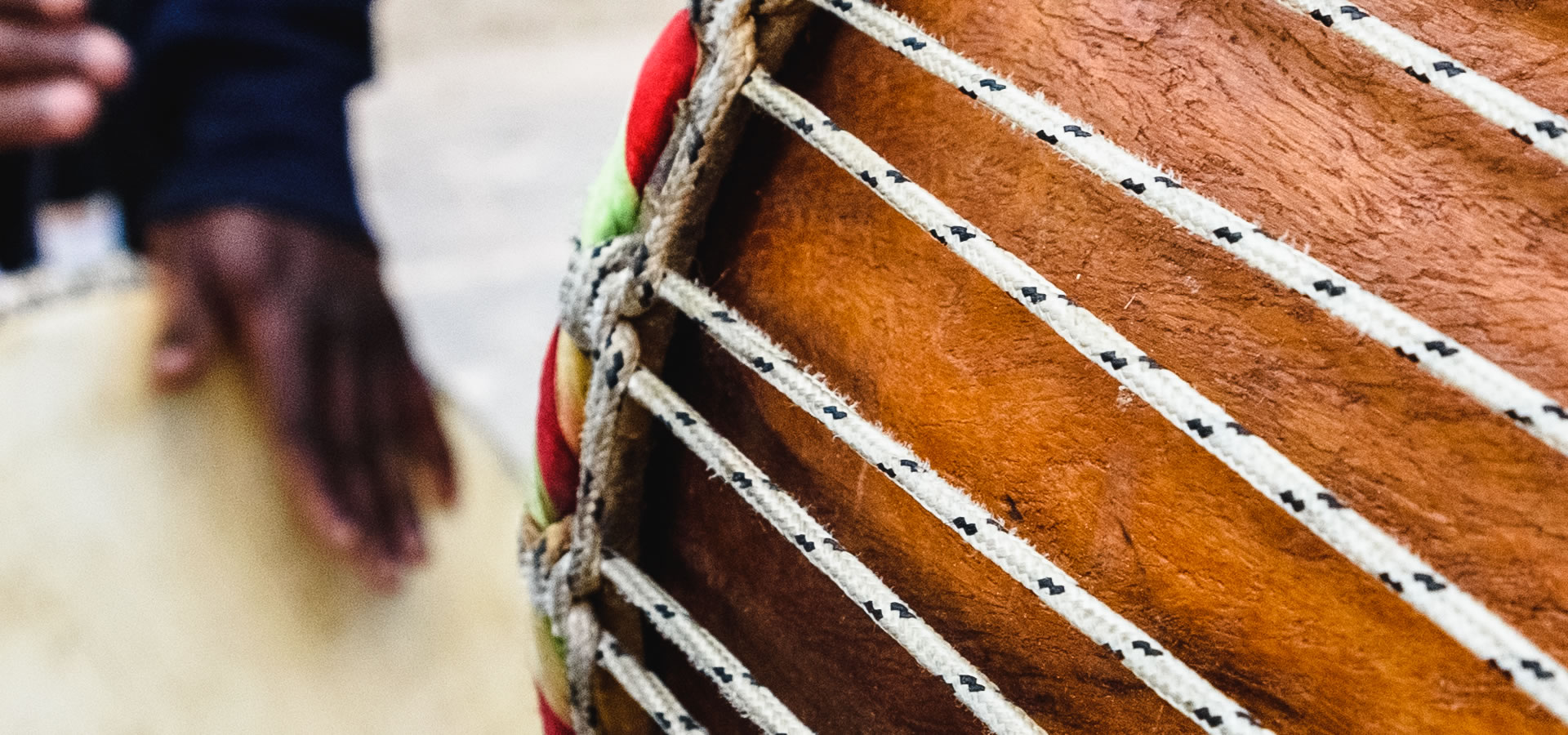
29 Jul Drums That Talk
I love beats like the next person, maybe more as one with the ayan genes running in my veins. Ayan is one with the gift and ability to make drums speak. So, it’s not strange that I derive pure joy when a drummer lets loose and the rhythm takes over. Although mine lies latent, the beat cannot be denied and with my nimble feet I’m satisfied.
Before, the beat of the drums was not confined to only music, unlike this modern era where this is largely so. Imbued with a voice, these special drums speak an ancient language. They convey messages, it might be a call to battle, to rouse the warrior or an invitation to dance. The sound of this powerful instrument was made to serve its custodians.
In sprawling cities, praise singers with drums slung over shoulders continue this tradition. They dog the heels of celebrants and guests alike, using the drums in effortless applause. I’ve been accosted by them and in those moments, I was highly unappreciative of their skill as I was fixated on getting inside the venue. Maybe I would have also slowed down to listen…if only I understood what they were saying.
Found all over the African continent this special drum goes by many names, known among the Asante as atumpan, Yorubas call it gan gan or dun dun, the Wolof tama, the Hausas kalangu, and the Dagomba lunna. Its voice is as unique as the design and form in which it appears. It also inhabits different shapes and sizes. When beaten with bare hands, sticks or other objects the speech of the drum is provoked. This rich history and relationship with the people and land runs deep and its voice will keep throbbing in the heartbeats of descendants as the vibrations traverse time.
Oluseyi Olanihun writes for The African Village


No Comments